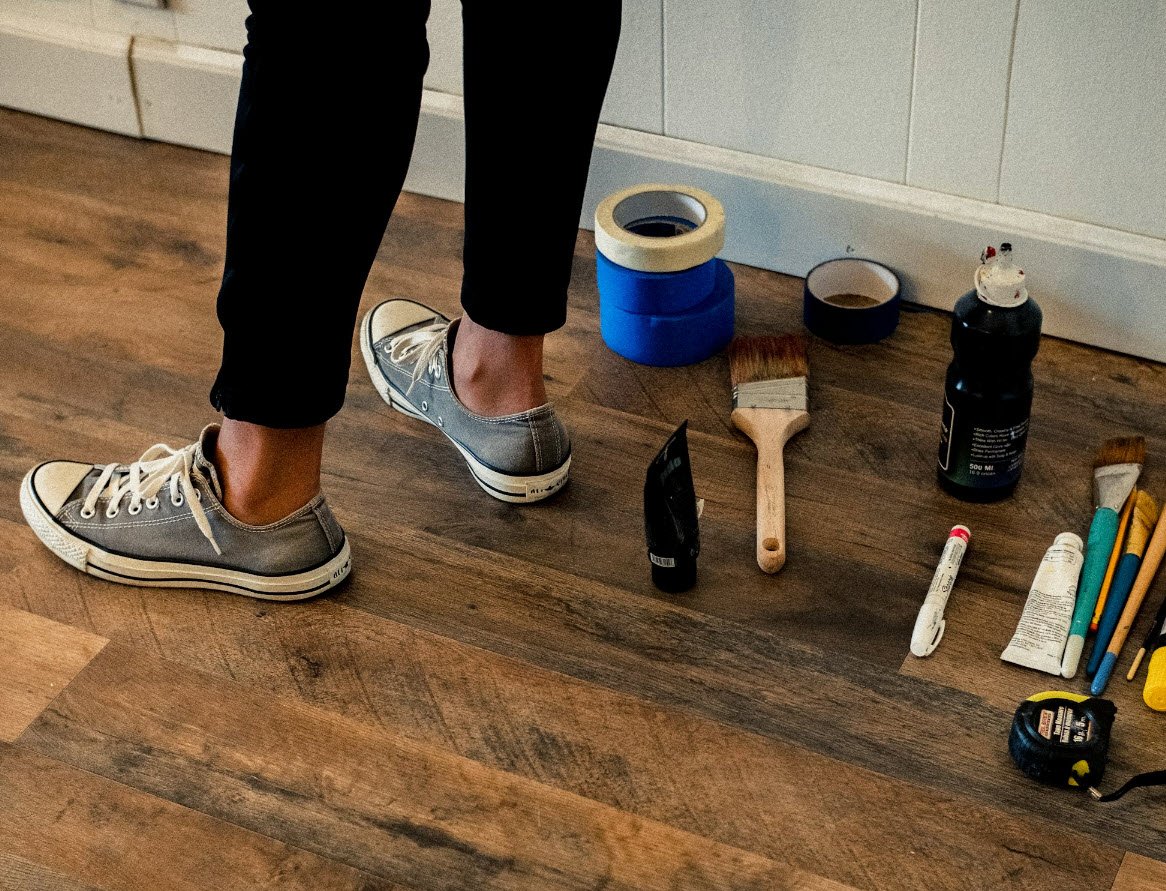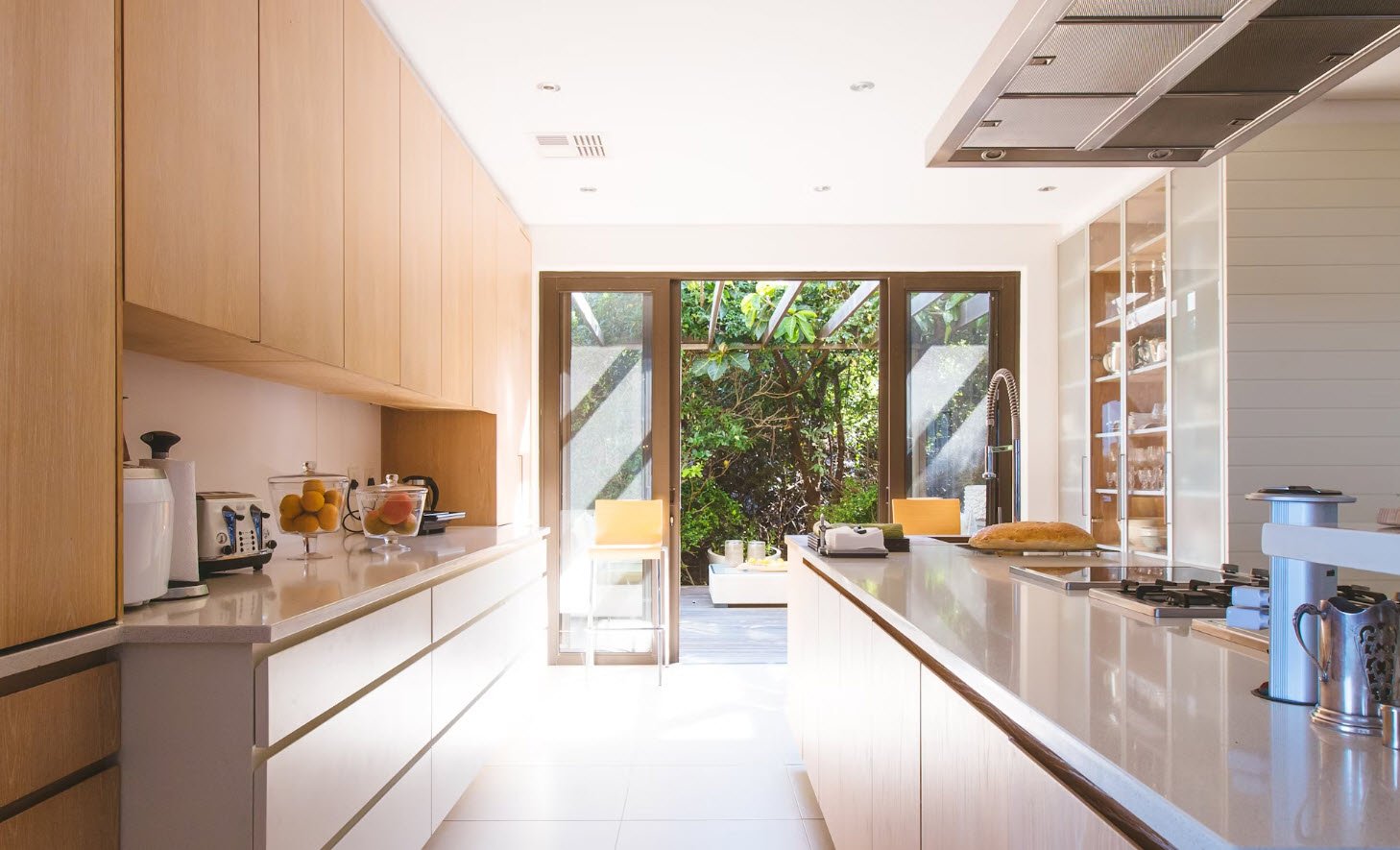
Ensuring the safety of your home from potential fire hazards requires diligence and preparation. Much like any emergency situation, handling a fire effectively demands prior planning and regular practice. In this article, we present a comprehensive fire safety checklist covering various aspects of your home.
By spending just twenty minutes each day on inspection and practice, you can significantly enhance your family’s safety in case of a fire emergency.
Kitchen Safety:
- Supervision during Cooking:– Are grown-ups present in the kitchen while cooking on the stove?
- Clean and Uncluttered Surfaces:– Are counters and stove tops clean and uncluttered?
- Safe Pot Holder Placement:– Are pot holders within easy reach of the stove?
- Handle Placement:– Are pot handles turned inwards to prevent accidental bumps?
- Clearance around the Stove:– Is there a three-foot kid-free zone around the stove during cooking?
- Curtain Safety:– Are curtains and loose fabrics away from the stove?
- Electrical Appliance Safety:– Are kitchen appliances plugged into separate receptacle outlets?
Heating System Safety:
- Turning Off Heaters:– Are heaters turned off when no one is at home or during sleep?
- Safe Heater Placement:– Are heaters at least one meter away from furniture, people, and easily flammable materials?
- Fireplace Safety:– Is the fireplace equipped with a sturdy screen to catch sparks?
- Regular Chimney and Furnace Inspection:– Are the chimney and furnace inspected and cleaned annually?
- Propane Storage:– Are propane tanks and fuels stored outside the house?
- Home Fire Drill:– Has the family practiced a home fire drill in the past six months?
Electrical Safety:
- Safe Extension Cord Usage:– Are extension cords laid safely, avoiding doorways or under carpets?
- Well-Maintained Electrical Cords:– Are electrical cords in excellent condition, without wear, cracks, or frays?
- Unplugging Appliances:– Do adults unplug electrical appliances, including lamps, after use?
Smoke Alarms and Fire Extinguishers:
- Smoke Alarm Placement:– Are smoke alarms installed on every floor, including the attic or basement and outside sleeping areas?
- Functional Batteries:– Are smoke alarm batteries in working condition?
- Regular Testing:– Have smoke alarms been tested by pressing the test button?
- Multiple Exits:– Is there more than one exit in the house?
- Clear Exits:– Are all home exits clear of furniture, clutter, and toys?
- Home Fire Escape Plan:– Does the escape plan include two exits, such as doors and windows?
- Safe Meeting Place:– Is there a designated safe meeting place outside the home?
Conclusion
By addressing the questions in these checklists and ensuring that the answer to each is “yes,” you significantly increase the safety of your home. Regular practice, attention to potential hazards, and a well-thought-out plan can make a crucial difference in the event of a fire emergency.
Take the time to involve every member of your household, including pets, in the safety plan. If adjustments are needed, make them promptly to create a home that prioritizes fire safety for all its occupants.








